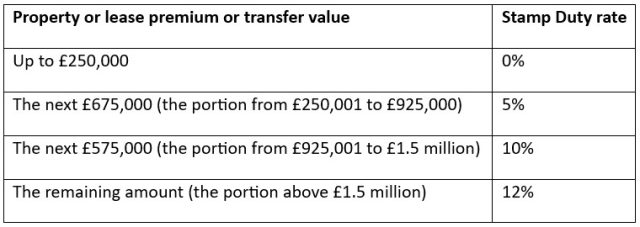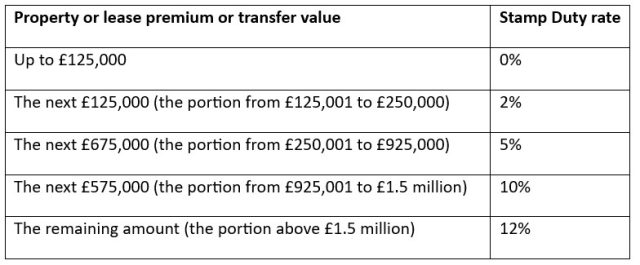Blog Archive
- December 2025
- November 2025
- October 2025
- September 2025
- August 2025
- July 2025
- June 2025
- May 2025
- April 2025
- March 2025
- February 2025
- January 2025
- December 2024
- November 2024
- October 2024
- September 2024
- July 2024
- June 2024
- May 2024
- April 2024
- March 2024
- February 2024
- January 2024
- December 2023
- November 2023
- October 2023
- September 2023
- August 2023
- July 2023
- June 2023
- May 2023
- April 2023
- March 2023
- February 2023
- January 2023
- December 2022
- November 2022
- October 2022
- September 2022
- August 2022
- July 2022
- June 2022
- May 2022
- April 2022
- March 2022
- February 2022
- January 2022
- December 2021
- November 2021
- October 2021
- September 2021
- August 2021
- July 2021
- June 2021
- May 2021
- April 2021
- March 2021
- February 2021
- January 2021
- December 2020
- November 2020
- October 2020
- September 2020
- August 2020
- July 2020
- June 2020
- May 2020
- April 2020
- February 2018
- January 2018
- December 2017
- November 2017
Categories
What the 2025 Stamp Duty changes mean for the property market
Published: December 11, 2024 by Jennifer Armstrong
During the Autumn Budget, chancellor Rachel Reeves unveiled an increase to Stamp Duty that could affect buyers of second homes and property investors. The temporary higher thresholds for Stamp Duty are also set to end in 2025 and could lead to larger tax bills when buying property.
Read on to find out what you need to know about the tax.
Stamp Duty is a type of tax you pay when buying property or land
In England and Northern Ireland, Stamp Duty is a type of tax you may pay when buying property or land. The rate you pay varies depending on the value of the property or land, and whether it’ll be your main home.
Please note, Scotland and Wales have similar taxes to Stamp Duty known as “Land and Buildings Transaction Tax” and “Land Transaction Tax” respectively. The thresholds and reliefs for these taxes are different to Stamp Duty.
The Stamp Duty surcharge for second properties has increased by 2%
During the Budget, Reeves announced that changes to the rates of Stamp Duty when buying additional properties would rise from 31 October 2024.
The “Higher Rate for Additional Dwellings” previously meant that people buying a second property or investors paid a 3% Stamp Duty surcharge. This surcharge has now increased to 5%. As a result, those looking to expand their property portfolio could face a larger bill than expected.
In the Budget speech, Reeves said this change would “support over 130,000 additional transactions from people buying their first home, or moving home over the next five years”.
The Stamp Duty thresholds will fall on 1 April 2025
As well as the higher rates for second properties, the thresholds for paying Stamp Duty are set to rise and could affect home movers and first-time buyers.
Former prime minister Liz Truss temporarily slashed Stamp Duty thresholds in 2022 as part of the “mini-Budget”. This temporary measure will end on 1 April 2025.
This means that if you purchase property before the 31 March deadline, the thresholds and rates of Stamp Duty will be:

However, if the property transaction went through on or after 1 April 2025, the rates and thresholds will be:

Let’s say you’re buying a property worth £600,000 and it will be your only home. Under the current rules, you’d be liable for Stamp Duty of £17,500. If you delayed buying until after the change comes into force on 1 April 2025, you’d pay an extra £2,500 in Stamp Duty.
The first-time buyer’s relief will also change.
Up to 31 March 2025, first-time buyers can benefit from a discount if the property they are buying is worth less than £625,000. Eligible first-time buyers don’t need to pay Stamp Duty on the first £425,000 and would pay a lower rate of 5% on the portion of the property valued between £425,001 and £625,000.
From 1 April 2025, the threshold for paying Stamp Duty as a first-time buyer will fall to £300,000, and they will pay Stamp Duty at a rate of 5% on the portion between £300,001 and £500,000. If the price of the property exceeds £500,000, the relief cannot be used.
Stamp Duty changes could lead to a jump in property transactions
In a bid to avoid potentially higher Stamp Duty, it’s expected that those currently purchasing property will try to push transactions through before 1 April 2025. Some people who have been contemplating buying property in the new year might also be tempted to start the process sooner to complete the transaction before the changes come in.
Indeed, speaking to the BBC, Robert Gardner, chief economist at Nationwide, predicts a boost in activity followed by a six month slump. He noted that the effect of the changes is not likely to be as large as previous ones as high interest rates are still putting off some buyers.
Still, the changes could lead to a sizeable jump in property transactions during the first quarter of 2025.
Contact us to talk about your mortgage needs
As a mortgage adviser, we could offer you support when you’re searching for a mortgage deal if you plan to purchase property or land in 2025.
If you’re hoping to complete a property purchase before the Stamp Duty thresholds and reliefs change, ensuring the mortgage application process is as smooth as possible could be crucial. We’re here to offer you guidance and help you minimise delays.
Please note:
This blog is for general information only and does not constitute advice. The information is aimed at retail clients only.
Your home may be repossessed if you do not keep up repayments on a mortgage or other loans secured on it.
The Financial Conduct Authority does not regulate buy-to-let (pure) and commercial mortgages.

